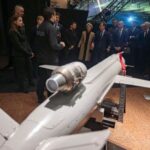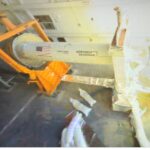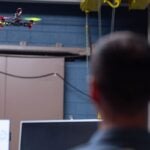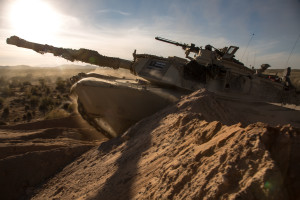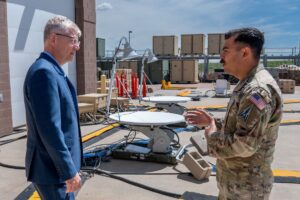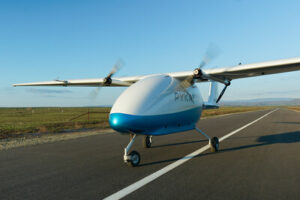
Oakland-based startup Pyka and Sierra Nevada Corp. (SNC) are offering a modified version of Pyka's autonomous, all-electric Pelican Cargo drone for DoD/military service use, the companies said on May 6. "Together, Pyka and SNC have introduced RUMRUNNER— a modified edition of Pelican Cargo, the world's largest 100 percent electric cargo UAS for sustainment in contested operations," Pyka and SNC said. "Featuring high-thrust super-short takeoff and landing (SSTOL) capability, a payload capacity of up to 400 pounds, and range of up…


